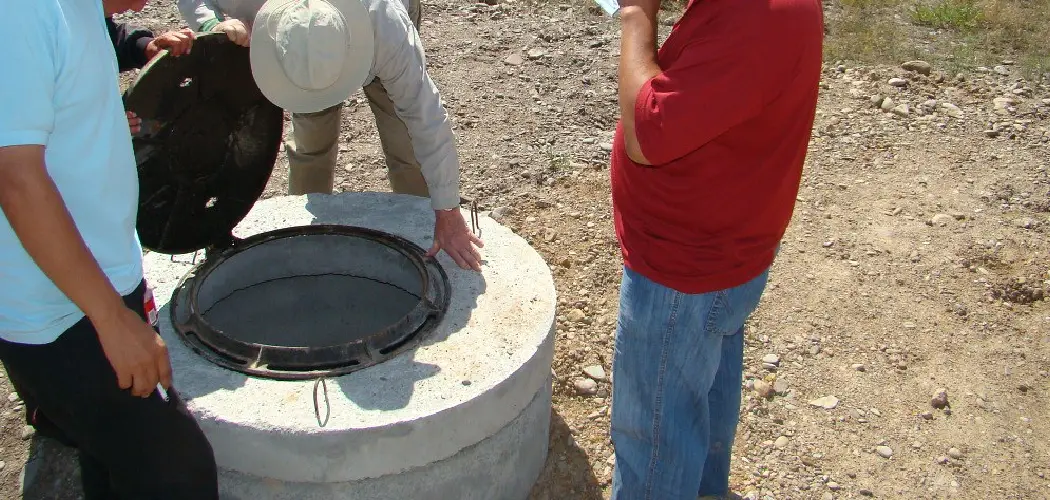Proper septic tank maintenance is essential to keep your system running smoothly. Failing to properly care for and check your septic tank can result in costly damage due to overflow or repairs. Whether you’re a homeowner with an existing septic tank or are considering installing one, it’s important that you know how to properly check the system for any issues.
To help guide you through this process, we’ll explore the necessary steps to assess effectively if there are problems within your home’s wastewater management system. If you own a septic tank, then it’s important to have an understanding of the health and maintenance needs of this essential plumbing feature.
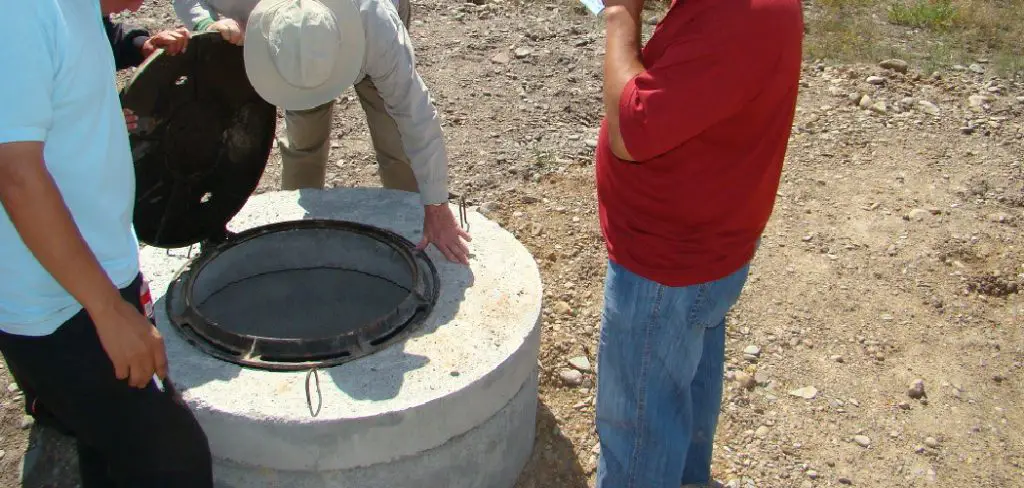
By knowing how and when to check your septic tank, you can easily identify any potential problems that may be lurking beneath the surface before they become too serious. This article will provide a comprehensive guide on everything from what supplies are needed for inspection to common signs that indicate a need for repair or replacement. Keep reading if you’re interested in learning more about how to check your septic tank!
Why is It Important to Check Your Septic Tank?
1. To Know When it Needs to be Pumped
For proper functioning, septic tanks should be pumped every three to five years. Checking your tank allows you to know when it’s time for a pump out so that it continues to work efficiently and there are no clogs or backups in the system.
2. To Avoid Damage
If not properly maintained, septic tanks can cause environmental and property damage. Avoiding these problems requires regular inspections and maintenance to ensure that the system is functioning properly.
3. To Save Money
Regularly checking your septic tank helps you save money in the long run by avoiding costly repairs or replacements due to neglected maintenance issues or blockages. Additionally, pumping your tank on a regular schedule can help prevent money-draining clogs and other issues.
Knowing how to check your septic tank is crucial for ensuring that it works properly and lasts as long as possible. By following the steps outlined in this guide, you can make sure that your system stays in top condition. Doing so will also save you money in the long run, as well as protect against costly damage.
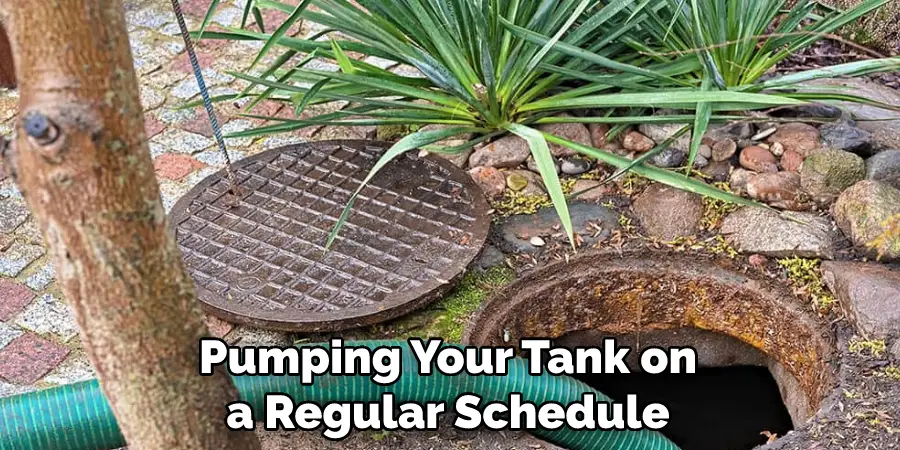
So make sure to check your septic tank regularly and follow the recommended maintenance schedule for optimal performance.
How to Check Your Septic Tank in 5 Easy Steps
Step 1: Locate Your Septic Tank
The very first step is to locate your septic tank. Usually, it is buried in the ground behind or near your house. It can sometimes be found next to outbuildings and other structures on the property as well.
Step 2: Inspect the Lid
When you have located the septic tank, inspect the lid for any signs of damage or breakage. If the lid is not in good condition, then it needs to be replaced before you can proceed with the inspection.
Step 3: Remove the Lid
After inspecting the lid, use a pry bar or other tool to remove it from its position. Make sure that you use extreme caution when removing it, as there may be hazardous materials inside. Be careful not to drop the lid, as this can cause further damage.
Step 4: Check the Tank
Once you have removed the lid, you can now check the tank for any signs of damage or leaking. Look at all sides of the tank and check for any cracks or openings. If you find anything that appears to be a problem, it is important to contact a professional septic tank service immediately.
Step 5: Replace the Lid
Once you have finished your inspection, replace the lid securely and make sure that it is sealed properly. This will help to ensure that no hazardous materials are released into the environment. You have to be careful while doing this.
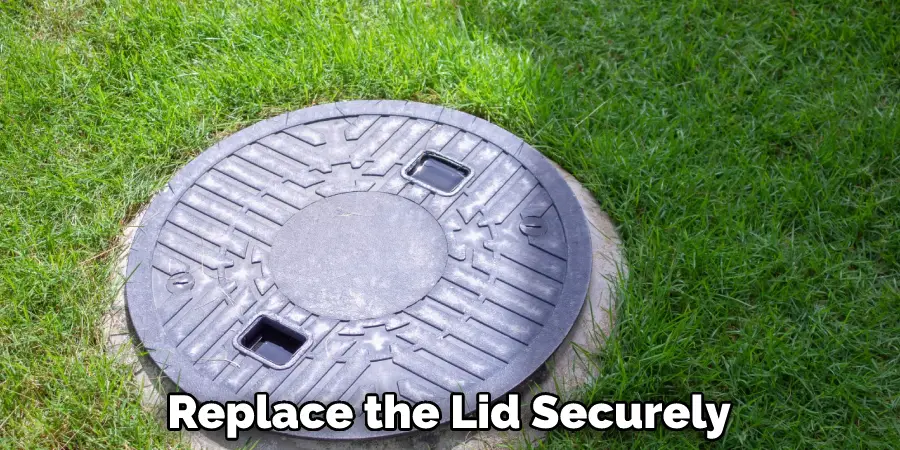
Finally, it is important to remember that regular inspections of your septic tank should be done in order to maintain its proper functioning and avoid any future issues. By following these five simple steps, you can be sure that your septic tank is in good working condition.
Some Additional Tips to Check Your Septic Tank
1. Do Not Put Anything That Is Not Biodegradable Into Your Septic Tank
This includes kitchen grease, oil, plastics, and harsh chemicals. These materials can not break down and will eventually clog your tank or damage the bacteria in it. So you have to make sure that no non-biodegradable materials get into your tank.
2. Make Sure You Are Not Overloading Your Septic Tank
It is important not to overload the septic tank with wastewater, as it will cause it to malfunction. Try to use the least amount of water needed for activities such as laundry and dishwashing, and try to spread out the water usage throughout the day.
3. Have Your Septic Tank Pumped Regularly
It is important that you get your septic tank pumped regularly by a professional, as this will help to keep it functioning properly. A general rule of thumb is that you should have your septic tank pumped every one or two years, depending on the size of your tank.
4. Monitor Your Septic Tank Closely
You should regularly observe your septic system and check for any signs of malfunctioning or clogging. If you notice anything out of the ordinary, it’s important to contact a professional right away to have them inspect and maintain the septic tank.
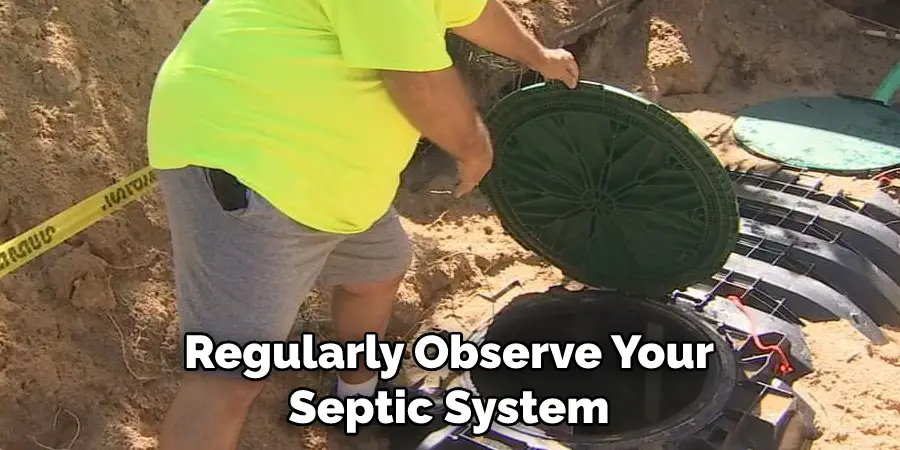
By following these tips, you can ensure that your septic tank remains in good shape and properly functions for years to come. It is important to take the necessary steps to maintain your septic system, as it will save you money in the long run by avoiding costly repairs or replacements. So make sure to check your septic system regularly and take the necessary steps to keep it in good working order.
Frequently Asked Questions
What Precautions Should I Take When Checking My Septic Tank?
Whenever you check your septic tank, it is important to take certain precautions. Make sure that you wear protective clothing and footwear, such as rubber boots and gloves. Do not enter the septic tank itself – instead, use a long rod or stick to test the level of sludge accumulation inside. It is also important to keep children and pets away from the septic tank area for their safety.
When checking your septic tank, always make sure that you are aware of any potential hazards in the area, such as toxic gases or water contamination.
What Signs Should I Look For To Check The Condition Of My Septic Tank?
When checking the condition of your septic tank, there are a few signs you should look for. Make sure that all of the pipes leading to and from the septic tank are clear and free from blockages or any other obstructions. Also, check the area around your septic tank for any cracks or other damages. If you notice any of these signs, it is important to get them repaired as soon as possible.
Finally, check the level of sludge accumulation in your septic tank. If the sludge levels are too high, this can cause a number of problems with your system.
How Often Should I Check My Septic Tank?
Your septic tank should be checked on a regular basis to ensure that it is functioning properly. It is recommended that you check your septic tank at least once per year or more frequently if you notice any signs of problems. If the sludge levels are getting too high, then you may need to have your septic tank cleaned out more often in order to avoid any problems.
If you have any questions about how often to check your septic tank, it is best to consult with a professional who can advise you on the best course of action.
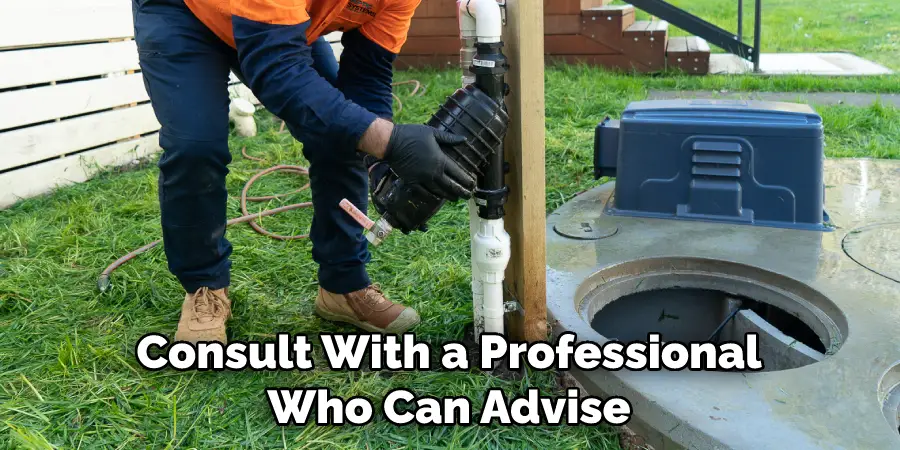
Keeping your septic tank in good condition is essential for the functionality and longevity of your system. By following these tips, you will be able to ensure that your septic tank is in good working order and functioning properly. Remember to take the necessary precautions when checking your septic tank, and contact a professional if you have any questions or concerns about its condition.
Conclusion
Check your septic tank regularly to prevent any potential emergencies or damage. Even if you don’t know the exact year it was installed, you can still figure out an approximate age and assess how much longer it’ll last based on its expected lifespan. Taking the time to check on your septic tank periodically is a wise move, as you’ll likely save yourself a lot of money in repair costs should anything go wrong.
Additionally, use the help of a licensed professional septic system inspector to ensure everything is functioning correctly and up-to-date with your local regulations. By following these simple steps on how to check your septic tank, you can enjoy years of reliable use from your septic tank before needing to replace it — giving you peace of mind that things are running smoothly at home.

